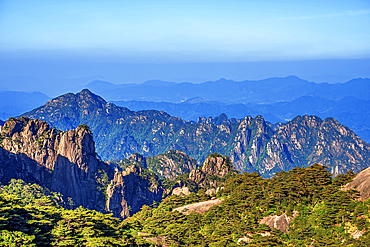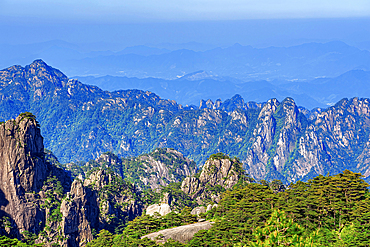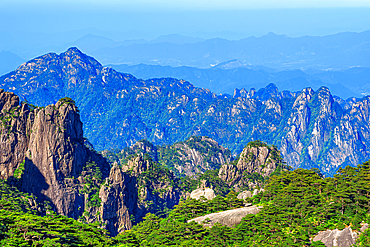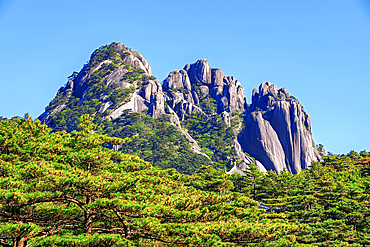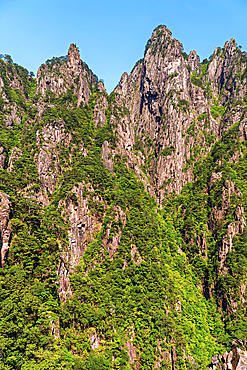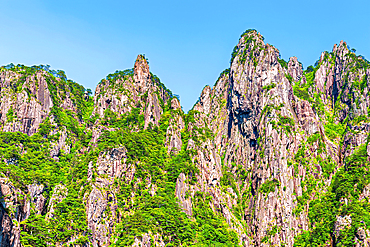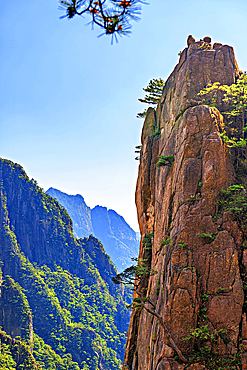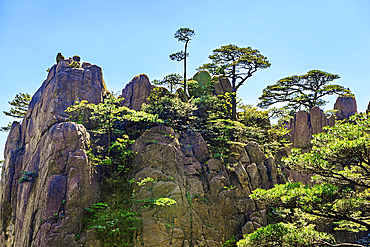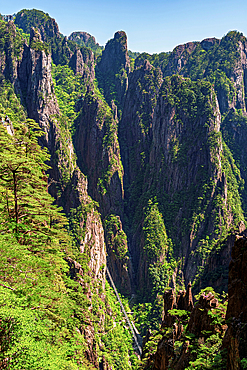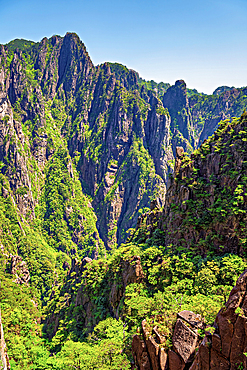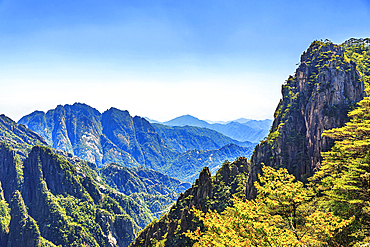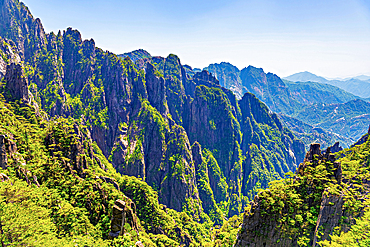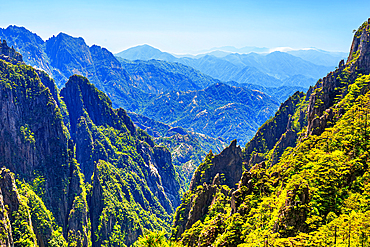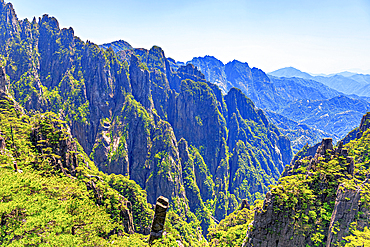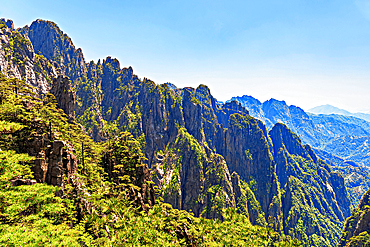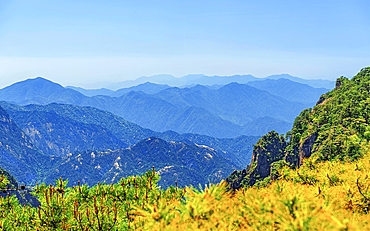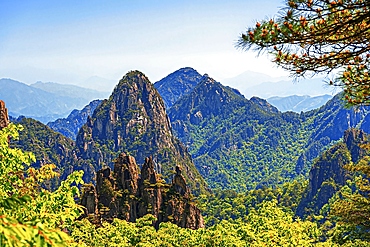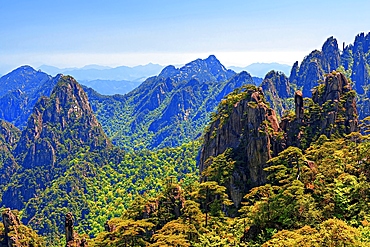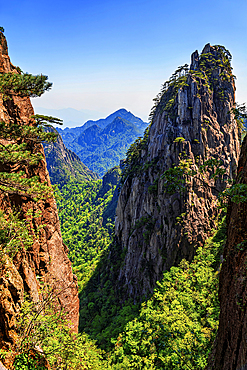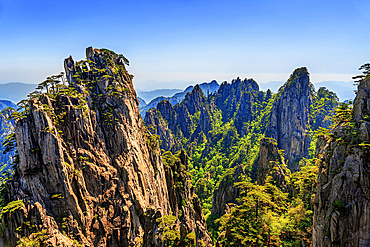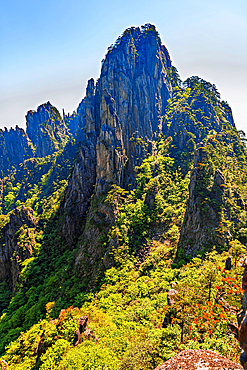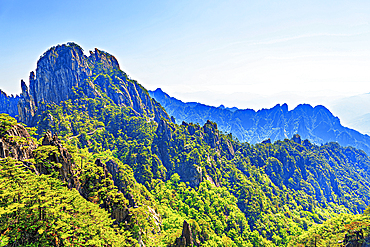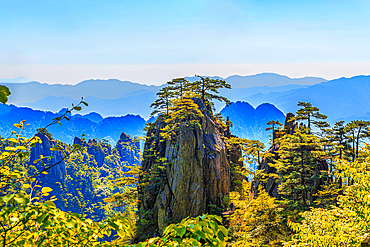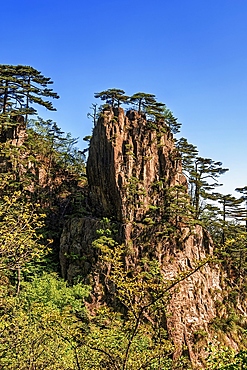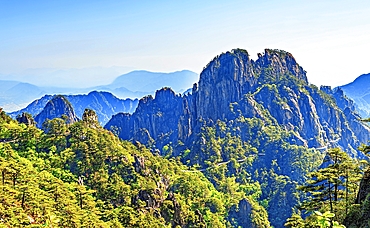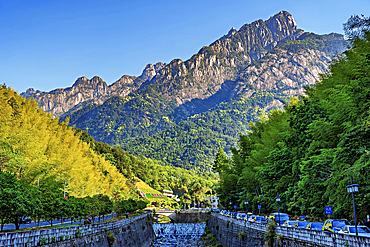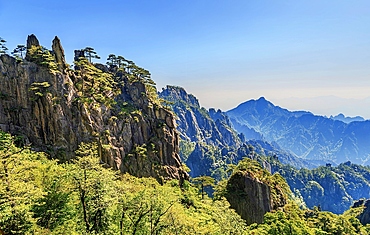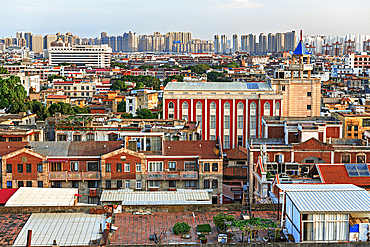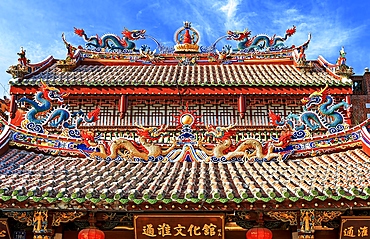Results
1 2 3 … 7 Next »
628 results found
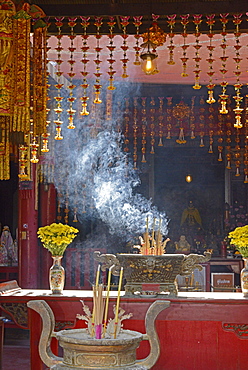
Kuan An Eng shrine, a Chinese place of worship dating from the late 18th century located on the bank of the Chao Phraya River next to Wat Kanlayanamit, Thonburi, Bangkok, Thailand, Southeast Asia, Asia
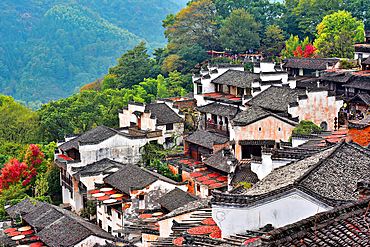
Huangling, ancient village dating back to the Ming Dynasty, Wuyuan County, Shangrao City, Jiangxi Province, China
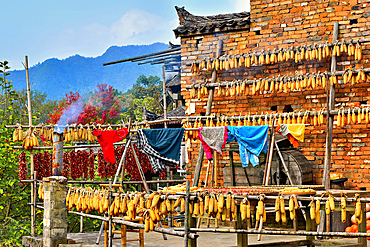
Corn, chillies and laundry drying, Huangling, ancient village dating back to the Ming Dynasty, Wuyuan County, Shangrao City, Jiangxi Province, China

The 1920s National Museum of Cambodia, a large collection of historic Khmer artefacts, Preah Ang Eng St, Phnom Penh, Cambodia, Indochina, Southeast Asia, Asia
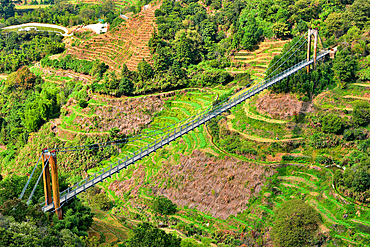
Suspension bridge over terrace farmland in Huangling, Wuyuan County, Shangrao City, Jiangxi Province, China
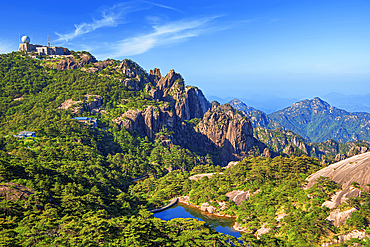
Meteorological station on Guangming Peak (top left). Huangshan (Mt Huang), UNESCO World Heritage and UNESCO Global Geopark, Anhui Province, China.

Silhouette of a cliff side pine tree. Huangshan (Mt Huang), UNESCO World Heritage and UNESCO Global Geopark, Anhui Province, China.
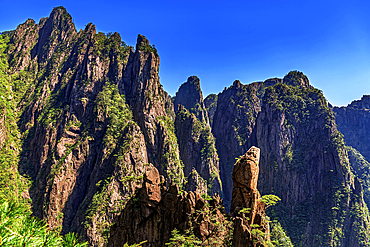
Stone with a face. Huangshan (Mt Huang), UNESCO World Heritage and UNESCO Global Geopark, Anhui Province, China.

Cliffside walkways and steep steps in Huangshan (Mt Huang), UNESCO World Heritage and UNESCO Global Geopark, Anhui Province, China.

Cliffside walkway in Huangshan (Mt Huang), UNESCO World Heritage and UNESCO Global Geopark, Anhui Province, China.

Cliffside walkway in Huangshan (Mt Huang), UNESCO World Heritage and UNESCO Global Geopark, Anhui Province, China.
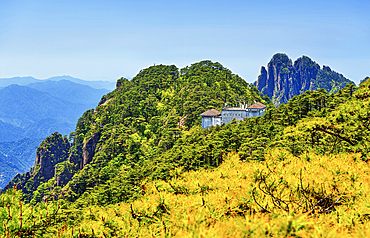
A cable car station in Huangshan (Mt Huang), UNESCO World Heritage and UNESCO Global Geopark, Anhui Province, China.

A reservoir and dam in Huangshan (Mt Huang), UNESCO World Heritage and UNESCO Global Geopark, Anhui Province, China.
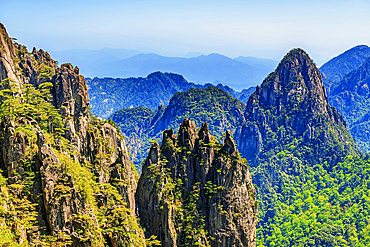
Bijia ('pen rack') peak (center) at Huangshan (Mt Huang), UNESCO World Heritage and UNESCO Global Geopark, Anhui Province, China.
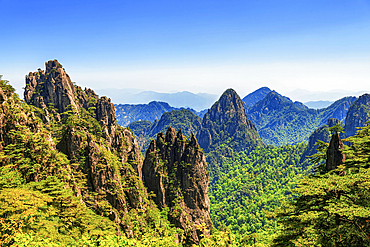
Bijia ('pen rack') peak (center) at Huangshan (Mt Huang), UNESCO World Heritage and UNESCO Global Geopark, Anhui Province, China.
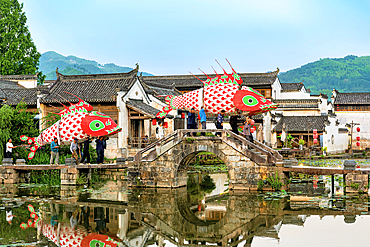
Village parade of giant fish lanterns, Chengkan Ancient Village, Huangshan City, Anhui, China. The village was established 1800 years ago by the Luo family clan. It has buildings dating as early as the Song Dynasty (960 to 1279 AD).
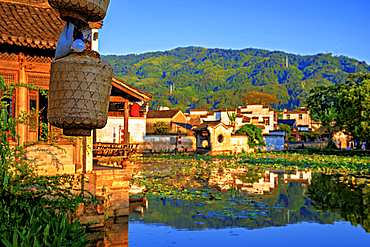
Chengkan Ancient Village, Huangshan City, Anhui, China. The village was established 1800 years ago by the Luo family clan. It has buildings dating as early as the Song Dynasty (960 to 1279 AD).
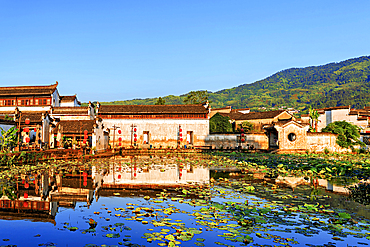
Chengkan Ancient Village, Huangshan City, Anhui, China. The village was established 1800 years ago by the Luo family clan. It has buildings dating as early as the Song Dynasty (960 to 1279 AD).
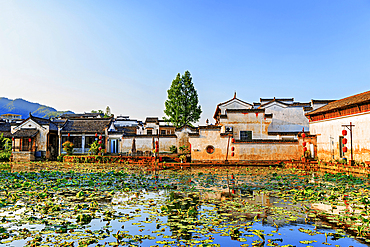
Chengkan Ancient Village, Huangshan City, Anhui, China. The village was established 1800 years ago by the Luo family clan. It has buildings dating as early as the Song Dynasty (960 to 1279 AD).
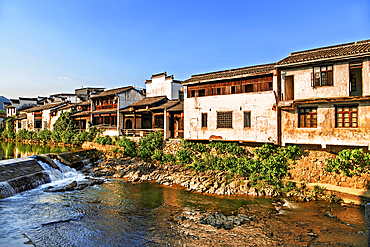
Chengkan Ancient Village, Huangshan City, Anhui, China. The village was established 1800 years ago by the Luo family clan. It has buildings dating as early as the Song Dynasty (960 to 1279 AD).
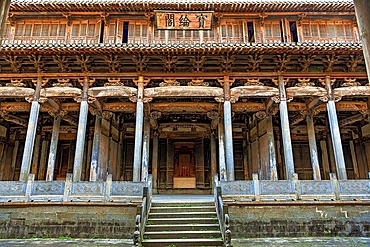
Luodongshu Ancestral Hall (built 1498), Chengkan Ancient Village. Huangshan City, Anhui, China. The village was established 1800 years ago by the Luo family clan. It has buildings dating as early as the Song Dynasty (960 to 1279 AD).
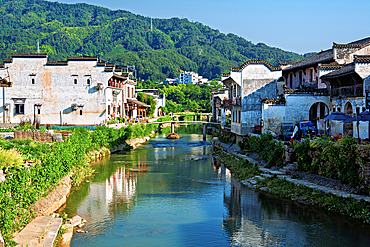
River running through Chengkan Ancient Village, Huangshan City, Anhui, China. The village was established 1800 years ago by the Luo family clan. It has buildings dating as early as the Song Dynasty (960 to 1279 AD).
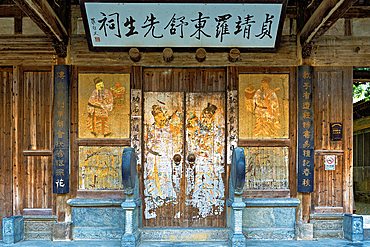
Luodongshu Ancestral Hall (built 1498), Chengkan Ancient Village. Huangshan City, Anhui, China. The village was established 1800 years ago by the Luo family clan. It has buildings dating as early as the Song Dynasty (960 to 1279 AD).
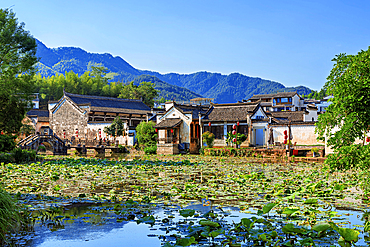
Chengkan Ancient Village, Huangshan City, Anhui, China. The village was established 1800 years ago by the Luo family clan. It has buildings dating as early as the Song Dynasty (960 to 1279 AD).
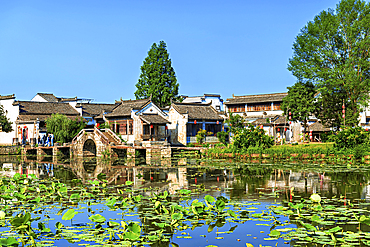
Chengkan Ancient Village, Huangshan City, Anhui, China. The village was established 1800 years ago by the Luo family clan. It has buildings dating as early as the Song Dynasty (960 to 1279 AD).
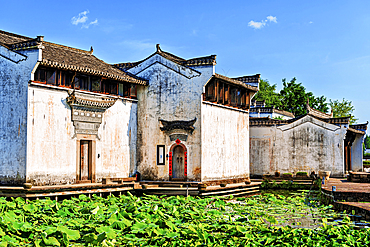
Chengkan Ancient Village, Huangshan City, Anhui, China. The village was established 1800 years ago by the Luo family clan. It has buildings dating as early as the Song Dynasty (960 to 1279 AD).
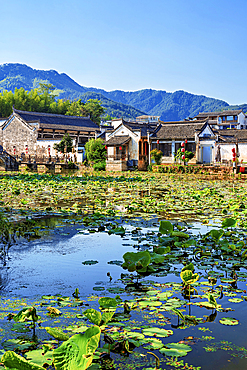
Chengkan Ancient Village, Huangshan City, Anhui, China. The village was established 1800 years ago by the Luo family clan. It has buildings dating as early as the Song Dynasty (960 to 1279 AD).
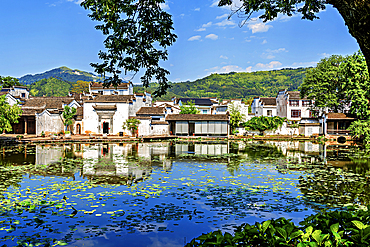
Chengkan Ancient Village, Huangshan City, Anhui, China. The village was established 1800 years ago by the Luo family clan. It has buildings dating as early as the Song Dynasty (960 to 1279 AD).
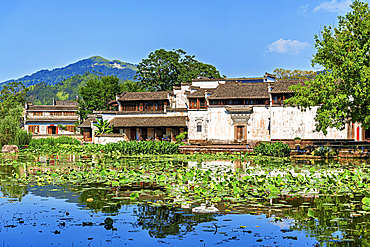
Chengkan Ancient Village, Huangshan City, Anhui, China. The village was established 1800 years ago by the Luo family clan. It has buildings dating as early as the Song Dynasty (960 to 1279 AD).
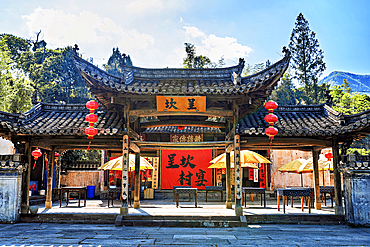
Chengkan Ancient Village, Huangshan City, Anhui, China. The village was established 1800 years ago by the Luo family clan. It has buildings dating as early as the Song Dynasty (960 to 1279 AD).
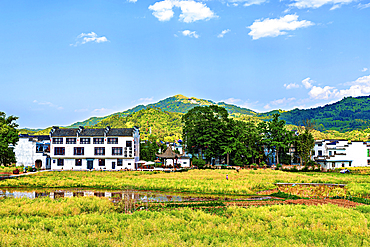
View of new buildings and farms beside Chengkan Ancient Village, Huangshan City, Anhui, China. Chengkan Ancient Village was established 1800 years ago by the Luo family clan. It has buildings dating as early as the Song Dynasty (960 to 1279 AD).
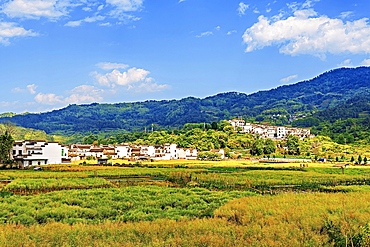
View of new buildings and farms beside Chengkan Ancient Village, Huangshan City, Anhui, China. Chengkan Ancient Village was established 1800 years ago by the Luo family clan. It has buildings dating as early as the Song Dynasty (960 to 1279 AD).
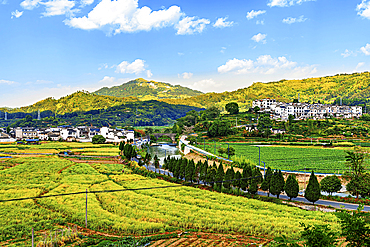
View of new buildings and farms beside Chengkan Ancient Village, Huangshan City, Anhui, China. Chengkan Ancient Village was established 1800 years ago by the Luo family clan. It has buildings dating as early as the Song Dynasty (960 to 1279 AD).
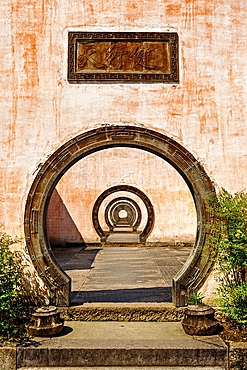
A series of outdoor circular doorways, Chengkan Ancient Village. The village was established 1800 years ago by the Luo family clan. It has buildings dating as early as the Song Dynasty (960 to 1279 AD). Huangshan City, Anhui, China.
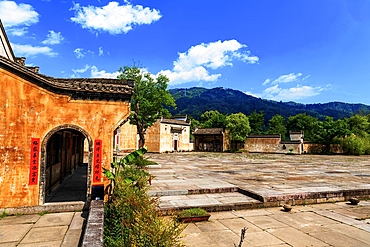
Chengkan Ancient Village, Huangshan City, Anhui, China. The village was established 1800 years ago by the Luo family clan. It has buildings dating as early as the Song Dynasty (960 to 1279 AD).
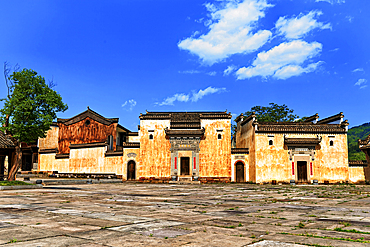
Chengkan Ancient Village, Huangshan City, Anhui, China. The village was established 1800 years ago by the Luo family clan. It has buildings dating as early as the Song Dynasty (960 to 1279 AD).
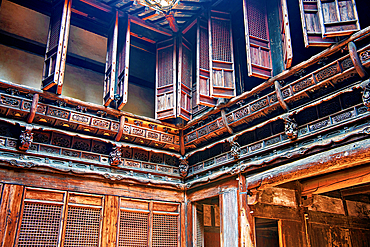
A traditional house with fine woodworks at Qiankou Residences, Huangshan, Anhui Province, China. The compound comprise Hui style residences built during the Ming and Qing dynasties (1400s-1600s) by wealthy merchants.
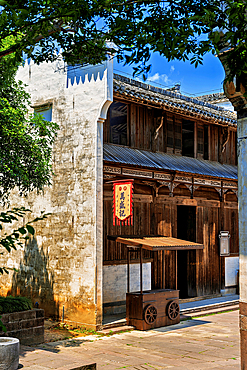
Qiankou Residences, Huangshan, Anhui Province, China. The compound comprise Hui style residences built during the Ming and Qing dynasties (1400s-1600s) by wealthy merchants.
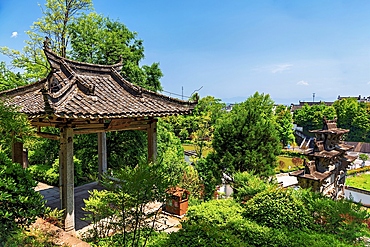
Qiankou Residences, Huangshan, Anhui Province, China. The compound comprise Hui style residences built during the Ming and Qing dynasties (1400s-1600s) by wealthy merchants.
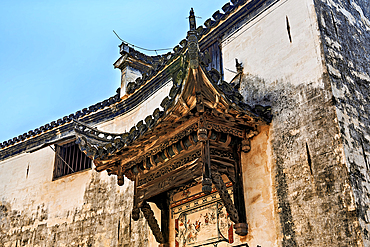
Qiankou Residences, Huangshan, Anhui Province, China. The compound comprise Hui style residences built during the Ming and Qing dynasties (1400s-1600s) by wealthy merchants.
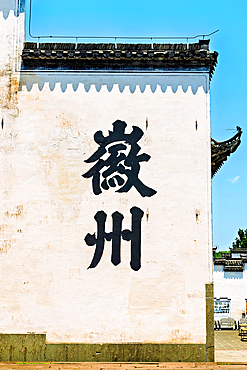
Qiankou Residences, Huangshan, Anhui Province, China. The compound comprise Hui style residences built during the Ming and Qing dynasties (1400s-1600s) by wealthy merchants.
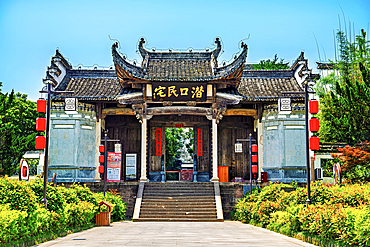
Qiankou Residences, Huangshan, Anhui Province, China. The compound comprise Hui style residences built during the Ming and Qing dynasties (1400s-1600s) by wealthy merchants.
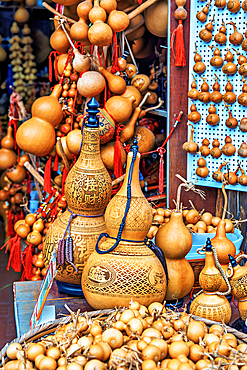
Hulus (gourd) in a shop at TunXi Ancient Street. Huangshan City, Anhui Province, China. Hulus are associated with good fortune, longevity and health, it is believed to ward off evil spirits. It is usually used to contain fluids.
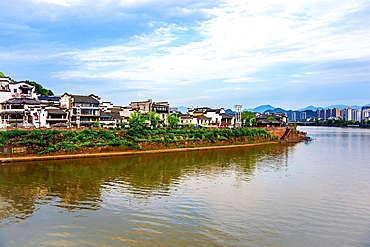
XinAn River at TunXi Ancient Street. Huangshan City, Anhui Province, China. The street existed since the Southern Song Dynasty 900 years ago.
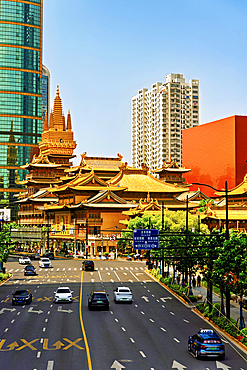
JingAn Temple, Shanghai, China. First built in 247 A.D. it moved from its original location beside Suzhou Creek to its current location in 1216. The temple existed before Shanghai was founded in 1291.
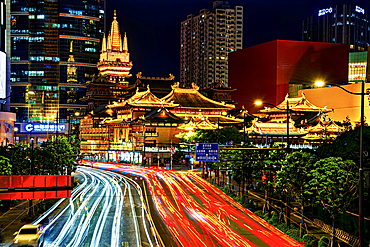
JingAn Temple at night, Shanghai, China. First built in 247 A.D. it moved from its original location beside Suzhou Creek to its current location in 1216. The temple existed before Shanghai was founded in 1291.
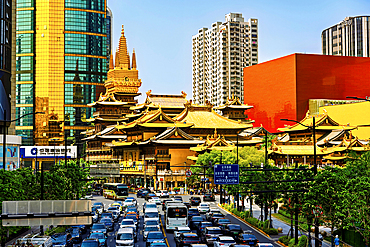
JingAn Temple, Shanghai, China. First built in 247 A.D. it moved from its original location beside Suzhou Creek to its current location in 1216. The temple existed before Shanghai was founded in 1291.
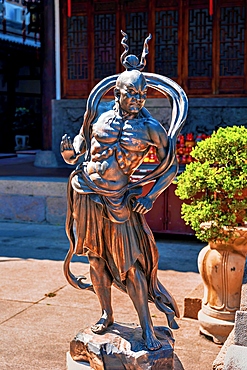
Bronze sculpture of a heavenly warrior in Dingguang Temple, aka White Pagoda Temple (first established 905 AD, rebuilt between 1821-1850). Fuzhou, Fujian Province, China.
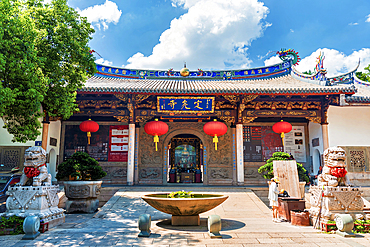
Dingguang Temple, aka White Pagoda Temple, Fuzhou, Fujian Province, China. First established 905 AD (rebuilt between 1821-1850).
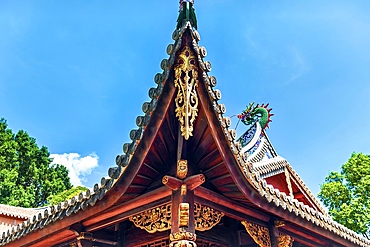
Dingguang Temple, aka White Pagoda Temple, Fuzhou, Fujian Province, China. First established 905 AD (rebuilt between 1821-1850).
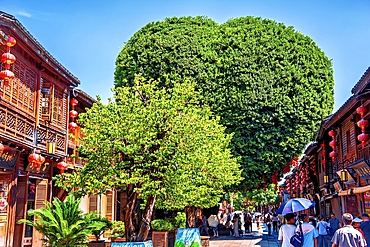
Sculpted heart shaped tree at Three Lanes and Seven Alleys (Sanfang Qixiang), Fuzhou, Fujian Province, China. The district has a history of more than 1000 years.
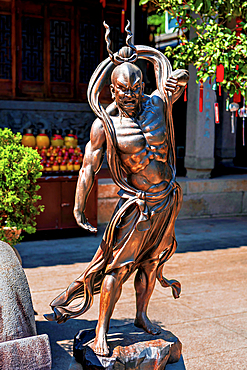
Bronze sculpture of a heavenly warrior in Dingguang Temple, aka White Pagoda Temple (first established 905 AD, rebuilt between 1821-1850). Fuzhou, Fujian Province, China.
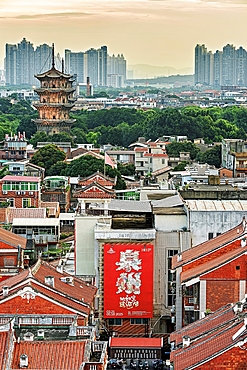
Sunset view of the old town of Quanzhou: Emporium of the World (UNESCO World Heritage), Fujian Province, China
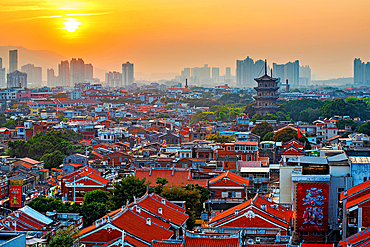
Sunset view of the old town of Quanzhou: Emporium of the World (UNESCO World Heritage), Fujian Province, China
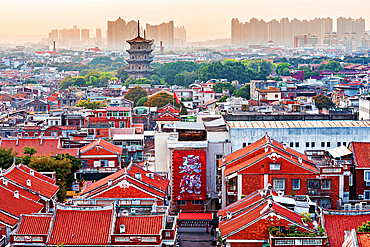
Sunset view of the old town of Quanzhou: Emporium of the World (UNESCO World Heritage), Fujian Province, China
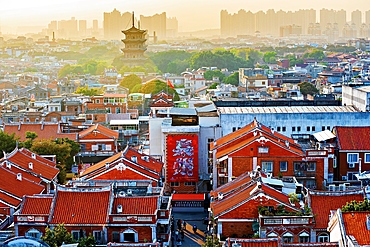
Sunset view of the old town of Quanzhou: Emporium of the World (UNESCO World Heritage), Fujian Province, China

West Pagoda (Renshou Pagoda) of Kaiyuan Temple, Quanzhou, Fujian Province, China. The pagoda was first built in 916 A.D. (rebuilt 1237). The temple was first built 686 A.D. It is one of the serial sites within Quanzhou: Emporium of the World (UNESCO).
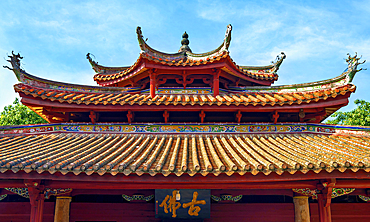
Roof of the main hall of Kaiyuan Temple, Quanzhou: Emporium of the World (UNESCO), Fujian Province, China. First built 686 A.D., the temple site houses relics and structures predating the temple itself (up to 1800 years).
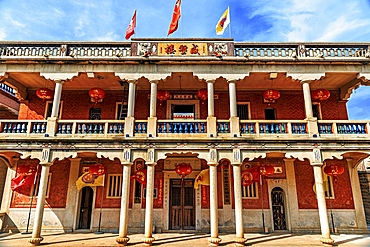
Wulin traditional village, Quanzhou, Fujian Province, China. The village has a strong South East Asian architectural influence as it was built by Chinese emigrants from South East Asia during the Qing and ROC era.

Bronze statues of the five Gods of Wealth at Guandi Temple at night. Quanzhou: Emporium of the World (UNESCO World Heritage), Fujian Province, China
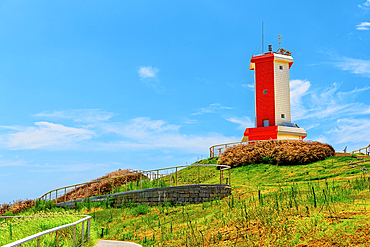
Red and white lighthouse at Little Weihai, a picturesque seaside fishing town in Shishi, Quanzhou, Fujian Province, China
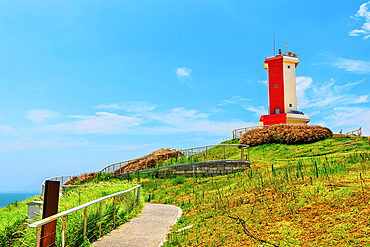
Red and white lighthouse at Little Weihai, a picturesque seaside fishing town in Shishi, Quanzhou, Fujian Province, China
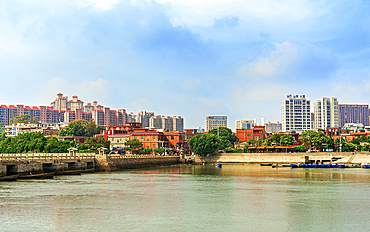
City view of Quanzhou with Luoyang Bridge on the left. The is China's first stone bay bridge (built 1059), and is one China's four famous ancient bridges. Quanzhou: Emporium of the World (UNESCO World Heritage), Fujian Province, China.

Luoyang Bridge, one of the four famous ancient bridges in China. Built in 1059, this is China's first stone bay bridge. Quanzhou: Emporium of the World (UNESCO World Heritage), Fujian Province, China
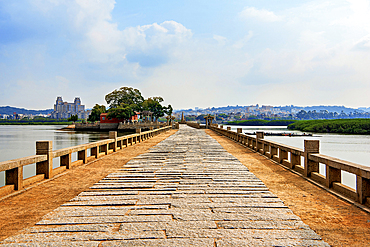
Luoyang Bridge, one of the four famous ancient bridges in China. Built in 1059, this is China's first stone bay bridge. Quanzhou: Emporium of the World (UNESCO World Heritage), Fujian Province, China
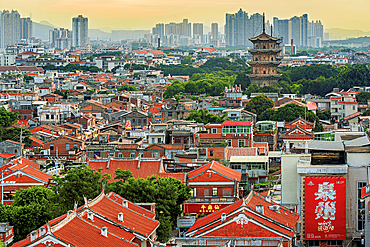
Sunset view of the old town of Quanzhou: Emporium of the World (UNESCO World Heritage), Fujian Province, China
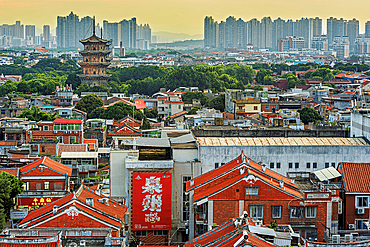
Sunset view of the old town of Quanzhou: Emporium of the World (UNESCO World Heritage), Fujian Province, China
